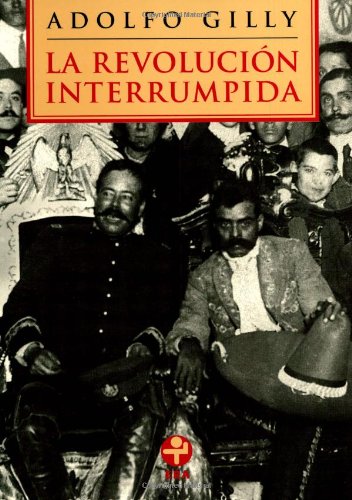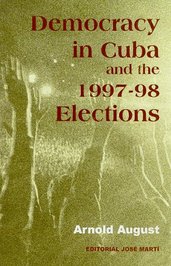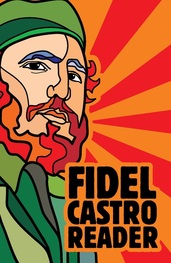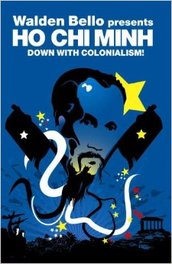In addition to military power, the post-World War II neocolonial system was dependent on a cultural and ideological component. The doctrine of the Cold War was itself an ideological construction that distorted reality in two important respects. First, in reality, Soviet foreign policy was not expansionistic. Its basic intention was to create a geopolitical cordon of security in the territory that surrounded its frontiers, while seeking to establish peaceful coexistence with the capitalist powers. Nor was its policy oriented to the support of Third World revolutions. It was not based on a theory of a global revolution, but on the premise that revolutions, when they occur, emerge from unique factors in each country. The Soviet Union sometimes supported Third World revolutions when doing so seemed consistent with its geopolitical strategy, and it refrained from economic exploitation of Third World nations, believing that in the long run this would serve to protect the security of its territory. But its general orientation was to co-exist with the capitalist nations and to leave the Third World to its fate in the face of the imperialistic intentions of the United States (Arboleya 2008:134-37, 185-88).
In the second place, the Third World revolutions, although often inspired by the example of the Russian Revolution and influenced in varying degrees by Marxism, were fundamentally anti-colonial and anti-neocolonial movements, driven principally by an anti-imperialist frame of reference, claiming the right of autonomous economic and cultural development in opposition to the imperialist intentions of the United States and other core powers. This was not the expansion of communism, in essence, but the expansion of anti-colonial and anti-imperialist movements, seeking to construct a more just and democratic world-system.
By virtue of its enormous economic power, the United States was able to disseminate the Cold War ideological construction throughout the world, presenting itself as a defender of democracy, freedom, and liberty in the face of the threat posed by an international conspiracy of totalitarian communism, when in fact the United States itself was the principal undemocratic force in the world, imposing its neocolonial domination (Arboleya 2008:136-37).
In addition to the diffusion of the Cold War ideological construction, the United States was able to diffuse throughout the world the supposed virtues of the “American way of life” through television and radio programs, films, and comic books, seeking to establish U.S. society as the ideal toward which all nations and individuals should aspire. The effectiveness of this technological diffusion of culture depended on the extent to which a popular movement in the neocolony could formulate and disseminate an alternative ideology that explained the material abundance of U.S. society as rooted in neocolonial domination (Arboleya 2008:136).
Thus the neocolonial world-system generates a fundamental global political conflict between the core nations that benefit from structures of
domination and Third World movements of national liberation that seek to develop alternative structures that would make possible the autonomous economic and cultural development of their nations. This is the foundation of the conflicts between the United States and Vietnam, Cuba, the Chile of Allende, and the Sandinista revolution in Nicaragua as well as Venezuela, Bolivia, and Ecuador today. The Islamic Revolution also represents a particular manifestation of this Third World quest for autonomous development.
References
Arboleya, Jesús. 2008. La Revolución del Otro Mundo: Un análisis histórico de la Revolución Cubana. La Habana: Editorial de
Ciencias Sociales.
Key words: Third World, revolution, colonialism, neocolonialism, imperialism, democracy, national liberation, sovereignty, self-determination, socialism, Marxism, Leninism, Cuba, Latin America, world-system, world-economy, development, underdevelopment, colonial, neocolonial

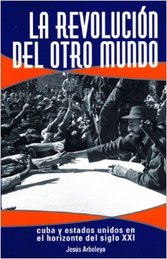
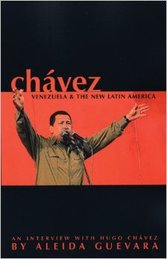
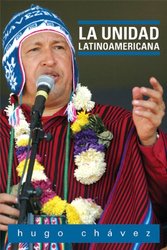


 RSS Feed
RSS Feed
